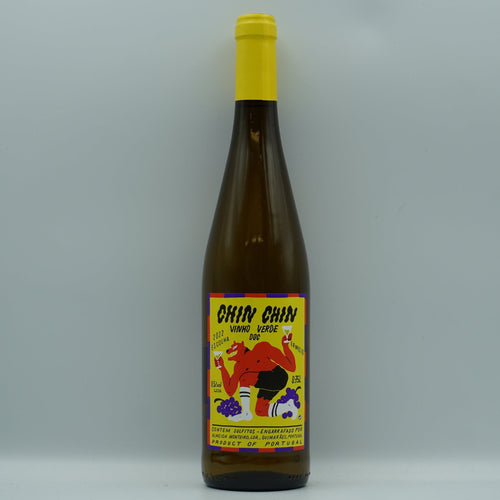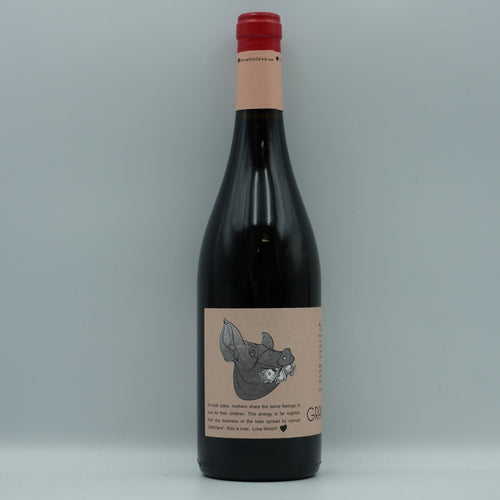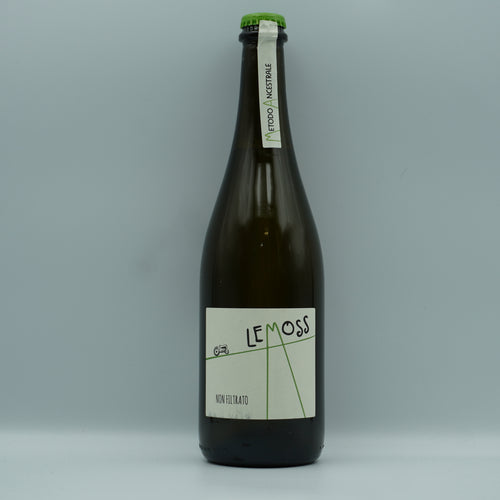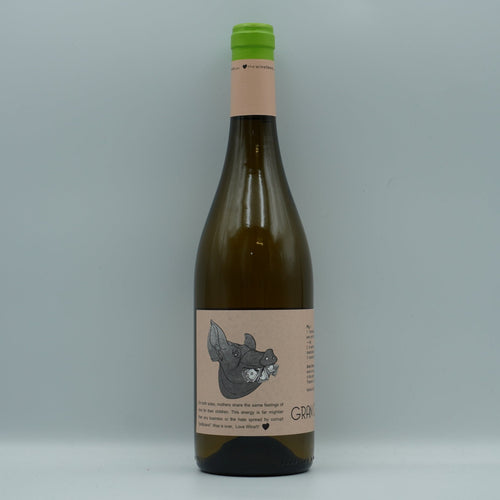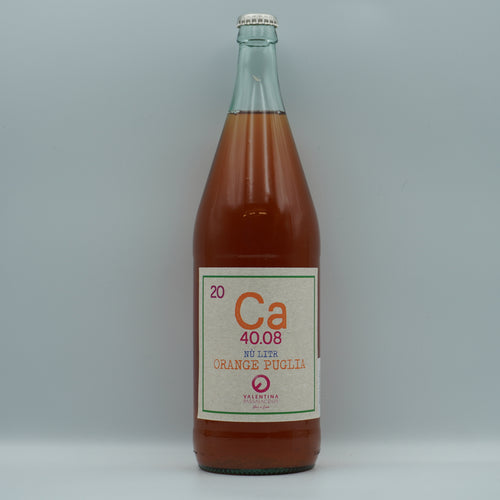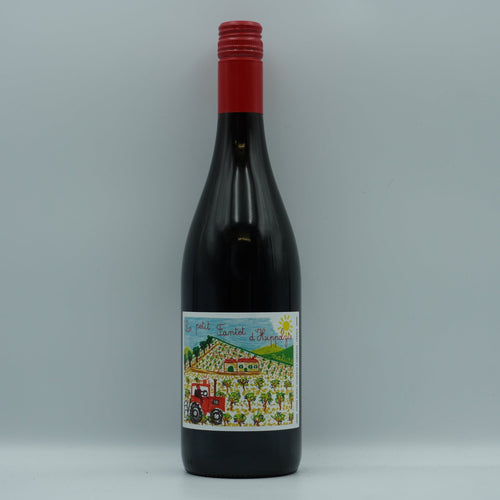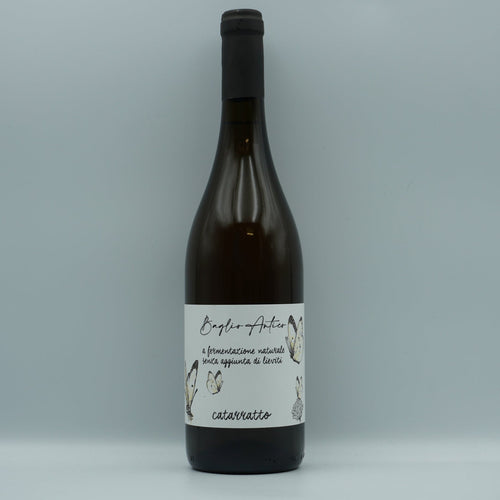SPEND £65 FOR FREE SHIPPING
It’s week twelve, baby! How many weeks does that leave me? Not enough!
Let’s dive right in. Week twelve drops us off in Canada. Wine? From Canada? I know, that’s what I thought too. We live such sheltered lives.
But isn’t Canada too cold to make wine? I asked myself the same thing. Luckily those crafty Canadians thought of a way around it. What happens when you combine ice and wine? I’ll give you some space to guess.
But not that much space, coz the answer is right there in the question. Icewine!
Icewine is a sweet wine made from grapes which are left on the vine in such cold temperatures that they freeze right up. But not all of them. The water freezes (duh) but the sugar does not, so when you throw the grapes in the press all the ice crystals are left behind, resulting in juice with a super high sugar concentration. Icewine in Canada is made from both Riesling and Vidal, with Riesling also making some normal, non-icy varietal wines that are beautifully fresh and aromatic. Riesling!! I’ve said it before and I’ll say it again! Stop sleeping on Riesling!!
Nice restrained Chardonnays are also produced here, with delicate oak usage, and Cab Franc is planted too, making reds with red plum and herbal flavours. As well as varietal wines, Cab Franc is also blended with Merlot and Cabernet Sauvignon, in that wannabe Bordeaux-style of last week’s fame. Stop copying us, North America.
In a fairly timely fashion, this week’s lecture also focused on South Africa, aka that place I went two weeks ago. Convenient! Chances of me remembering this are slightly improved! Although inland South Africa gets pretty toasty, there are a host of cooling influences to moderate the temperatures: the Benguela current, which flows up the west coast and cools those areas down, as well as the Cape Doctor, a strong southerly wind. Why is it called the Cape Doctor? Coz it cures what ails ya? Who knows. Google, probably, but who has the time?
Cab Sauv is the most planted red variety, producing yet more instances of Bordeaux style blends (these New World copycats are starting to feel a bit stalker-ish). South Africa’s baby, however, is Pinotage – the much-maligned grape variety that’s a crossing between Pinot Noir and Cinsault. It’s barely grown anywhere other than South Africa, probably because people turn their nose up at it so much, but like any grape, when it’s done right, it’s pretty good. Old vines produce wines that are full-bodied, with spicy red fruit flavours. If you add some heavily toasted oak staves to it, it can go intensely chocolatey/coffee-ey. What’s not to like!
Onto the white grapes – even I knew that South Africa is Chenin Blanc town. Maybe coz I drank so much of it while I was there, who can say? Your basic South African Chenin is a nice, easy drinking, stone-fruited flavour bomb, but if you get your grapes from old bush vines, you can make much more concentrated, textured wines. Colombard is the second most planted white grape, but most of it’s used for brandy, and I don’t have time to worry about brandy right now. Counting down the days til I can think about an alcohol other than wine. I might spend my summer of freedom drinking Carling, just to spite the WSET. Sticking with wine for now – Sauvignon Blanc also has a good rep, often produced with a distinct herbaceous character. Chardonnay can grow in the coolest sites, and sweet wines are made from Muscat of Alexandria, which over in South Africa they call Hanepoot. Don’t you just love how it’s necessary to memorise ten different names for every grape variety? Whatever happened to Esperanto? I’m calling for a comeback.
In terms of regions, probably the best known for winemaking is Stellenbosch, which I had the recent pleasure of driving through. As a town it’s bougie as heck – kind of reminded me of a much warmer Clapham. Brunch has well and truly crossed into South Africa. Although it was absolutely roasters while we were there, in general the climate is cooled by winds coming through from False Bay. Wanna know why it’s called False Bay? So did I, so here we go: because sailors used to mistake Cape Hangklip for Cape Point and end up trucking off in the wrong direction. Fun facts! Irrelevant fun facts, sure, but maybe I’ll get a bonus point for jotting that down in the exam. Cape Town district has four winemaking wards, the most well known of which are Constantia, home to the sweet wine known as Vin de Constance (makes sense) and Durbanville, renowned for its Sauvignon Blanc.
Most important in my mind, however, is the Swartland region, mostly because it’s home to some of my favourite South African producers (the recommendations are COMING, calm down). Swartland used to be simply a source of inexpensive grapes, but after to a lot of innovation it’s now become a hub for premium wine production, thanks to a load of old Chenin bush vines, which are dry-farmed, aka without using irrigation. Who needs water anyway! Oh, every living thing? Right. Well, whatever. They’re making it work.
I can tell you can’t wait a second longer for my recommendations, so here they come, got a pen? Jokes, you don’t need one, this is the internet. So, Swartland! Force Celeste have been one of my favourite producers since I joined Natty Boy last year, and though my tastes have broadened, they remain a go-to for me. The Semillon is probably my top pick, which if you’ve ever been to dan’s and ordered an Easy Skinsy, you’ve most likely already tried. I never said these recommendations would be ground breaking. Also in the Swartland are Testalonga, who we recently got an enormous import of. I love the Mielie natural white, but you can’t really go wrong with any of these. Rounding things off with a Pinotage, just to make a point. Try this Scions of Sinai one and stop being such a snob.
Have a lush week, miss ya already xoxo
Megan

